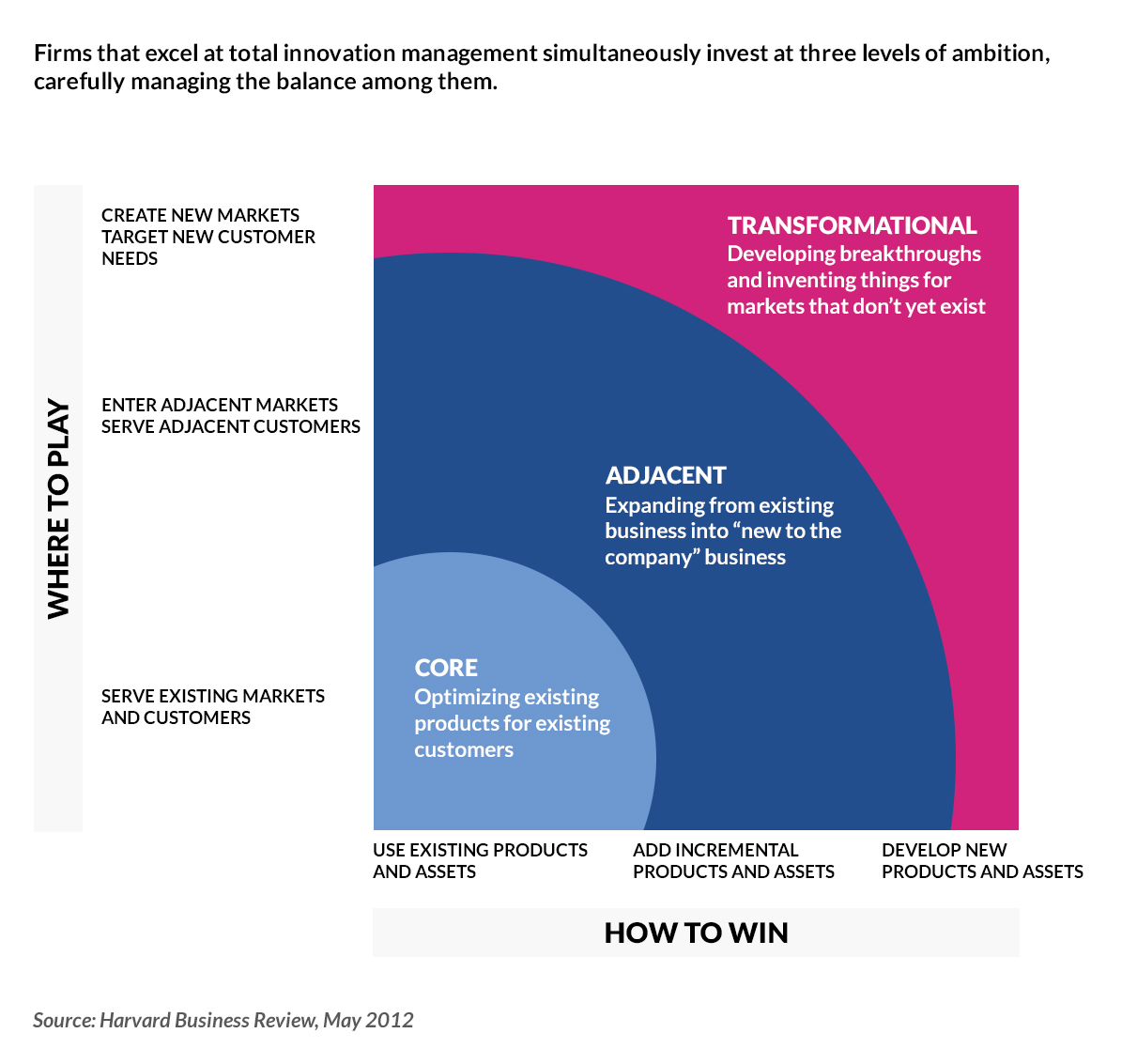Chief information officers (CIOs) and their teams at leading FIs are busy embracing the next primary phase of digital transformation.
Unsurprisingly, C-Suite bankers foresee and prepare for the “new normal” environments, such as remote working, unprecedented cyber-security risks, and an accelerated shift to digital channels. The challenges are formidable – stay competitive in today’s high-stakes, low-margin business climate that begins to limber up post the pandemic.
As the world’s top banks see the urgency of the situation, they must meticulously navigate through a maze and combat the disruption unleashed by new-age business models proliferated by the deeply funded FinTech. A case in point – An MIT Study highlights how venture capital in FinTech has grown by 600 percent in the last four years.
 This blog deliberates on the challenges the traditional banking sector faces that emergent technologies can fix.
This blog deliberates on the challenges the traditional banking sector faces that emergent technologies can fix.
Managing costs while dealing with Investor Impatience
Incumbent banks are often measured on a separate set of standards by investors who look for steady profits. When it comes to established FIs, investors are less willing to take chances than the nimbler and niche FinTech’s.
In this climate of continual business model innovations, legacy institutions can be successful if they embrace Technology as a powerful enabler. And for this, they need to decrease their costs – by modifying operations and initiating enhanced cost optimization efforts.
Additionally, accelerating internal digitization will produce a better-utilized employee task force.
Transitioning away from Legacy Systems
Digital Natives and Millennials are quickly becoming a critical demographic for retail and investment banking.
Their demands for personalized and frictionless services cannot be met with banks beset with legacy mindsets or technologies. For instance, the COBOL PL has been around for half a century – still finds use in many large financial systems.
Similarly, back-office Technology needs an overhaul – changing from anachronistic, siloed systems to a digitally interconnected ecosystem is a logical next step. Another crucial aspect technology is fast transforming is Regulatory risk reporting and compliance. Regulatory Tech is a must to respond to the fast-changing risk, security, privacy, and compliance regulations.
In sum, deep inside the antiquated ‘banking walls’ sits the importance of Technology.
People first, Technology second.
It is essential to remember how people, not Technology hold the key to digital transformation mandates. This insight can be evidenced in how many of the FIs go about creating their culture. Doing this successfully is what makes digital transitions less burdensome and more effective.
But this is not a straightforward or cookie-cutter process as each situation calls for examining leadership’s perspective around employee empowerment and the company’s decision-making procedures.
Seventy percent or more of financial services CEOs feel that insufficient training and a lack of necessary skills is the most significant obstacle to launching a new digital endeavor.
Nevertheless, to foster innovation, legacy institutions must prioritize human values – high emphasis on continual education, encouraging a safe environment to experiment, and promoting progressive people policies across compensation, growth, and exposure.
The takeaway is institutionalizing unique practices that translate happy employees into satisfied customers. Again, there are advanced learning tech options that can make a difference.
Changing Perspectives of Today’s Chief Information Officers
CIOs are critical stewards of digital transformations across most organizations.
They must clearly articulate the business goals and ensure that tech initiatives deliver quantifiable business value, creating lasting value over incremental progress.
To solve the industry challenges, CIOs must move beyond “managing IT.”
Their priorities must focus on the crucial customer trends – such as attracting mobile-first eCommerce consumers to incorporate AI processes that enhance decision-making or amping up risk detection proactively.
To do all this with a measure of success, CIOs must establish the role of Tech as a business and innovation partner. After that, embracing agile, end-to-end automation, PaaS, and cloud systems to forge powerful ecosystem partnerships will create unprecedented value.
 Conclusion
Conclusion
When it comes to digital transformation, financial institutions face obstacles both inside and externally, some connected and some not.
In the Banking industry, there is no magic cure to all challenges, but there can be a set of standard operating procedures that deals with most known variables and problem statements. Without falling into the one-size-fits-all trap, incumbent banks must move their digital transformation agendas from “nice to have” to must-have.
After all, more than playing a catch-up game, the main thrust for leading FIs is to seize opportunities that can disrupt business models, boost customer-centricity across the organization, reimagine their brand, rapidly explore new products and optimize digital operations to create unparalleled and frictionless CX.











